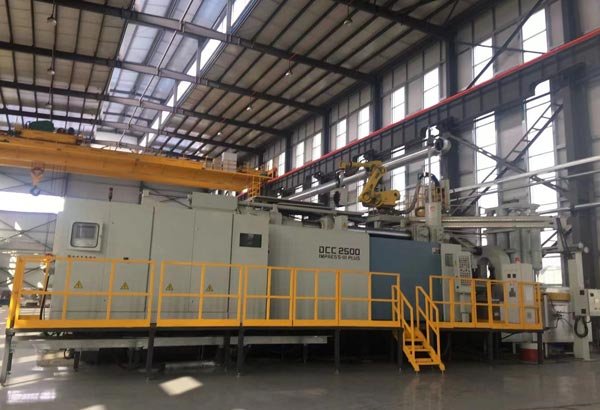Exploring the Benefits of a Die Casting Service
Die casting is a manufacturing process that has been around for centuries, dating back to the early 19th century. It involves the injection of molten metal into a mold or die to create intricate and precise metal parts and components. Over the years, die casting has evolved and become one of the most popular methods for producing metal parts across various industries. In this article, we will explore the numerous benefits of a die casting service and why it is favored by manufacturers worldwide.
What is Die Casting?
Before delving into its benefits, it’s essential to understand the die casting process. Die casting is a highly efficient and precise method of manufacturing metal parts. It involves the following steps:
- Mold Creation: First, a mold or die is created, usually from steel. The mold is designed to match the exact specifications of the desired part.
- Melting and Injection: Metal, typically aluminum, zinc, or magnesium, is heated until it reaches a liquid state. This molten metal is then injected into the mold at high pressure.
- Cooling: The molten metal quickly cools and solidifies within the mold, taking the shape of the mold’s cavity.
- Ejection: Once the metal has cooled and solidified, the mold is opened, and the finished part is ejected.
Benefits of a Die Casting Service
1. Precision and Accuracy
One of the most significant advantages of die casting is its ability to produce highly precise and accurate parts. The molds are designed with intricate details, and the high-pressure injection process ensures that every part produced is a perfect replica of the mold. This level of precision is crucial in industries where tight tolerances are required, such as aerospace and automotive manufacturing.
2. Cost-Efficiency
Die casting is a cost-effective method of manufacturing, especially for high-volume production runs. Once the initial mold is created, it can be used to produce a large number of parts with minimal material waste. The quick cooling process also reduces production cycle times, further lowering production costs.
3. Durability and Strength
Die-cast parts are known for their exceptional strength and durability. The rapid cooling process within the mold results in a fine-grain microstructure, making the parts resistant to wear and tear. This strength is why die-cast parts are often used in applications where structural integrity is critical.
4. Complex Geometries
Die casting allows for the creation of complex part geometries that would be challenging or impossible to achieve using other manufacturing methods. This capability makes it ideal for producing intricate components like engine parts, housings, and decorative elements.
5. Surface Finish
Die-cast parts typically have a smooth and aesthetically pleasing surface finish. This eliminates the need for extensive post-processing or finishing, reducing production time and costs. The surface can also be further enhanced through various finishing techniques like painting, powder coating, or plating.
6. Material Versatility
Die casting can be performed with a variety of metals, including aluminum, zinc, magnesium, and copper. This versatility allows manufacturers to choose the material that best suits their specific application requirements.
7. Reduced Waste
The die casting process generates very little waste material. Any excess metal can be recycled, making it an environmentally friendly manufacturing method. This aligns with the growing emphasis on sustainable and eco-friendly production practices.
8. Consistency
Die casting provides consistent results throughout the production process. Every part produced from the same mold is virtually identical, ensuring uniformity in product quality.
9. High Production Rates
Die casting is a high-speed production method. The rapid cycle times and the ability to produce multiple parts in a single shot make it an efficient choice for meeting high production demands.
10. Minimal Post-Production Work
Due to the precision and quality of die-cast parts, there is often minimal need for post-production work, such as machining or welding. This saves time and labor costs in the manufacturing process.
In Conclusion:
A die casting service offers a wide range of benefits, making it a preferred choice for many industries. Its precision, cost-efficiency, durability, and versatility make it an indispensable method for producing high-quality metal parts. Whether you’re in the automotive, aerospace, electronics, or any other industry that requires precision metal components, die casting can provide the solutions you need. With its ability to produce complex parts with consistent quality and minimal waste, die casting continues to play a vital role in modern manufacturing processes.




